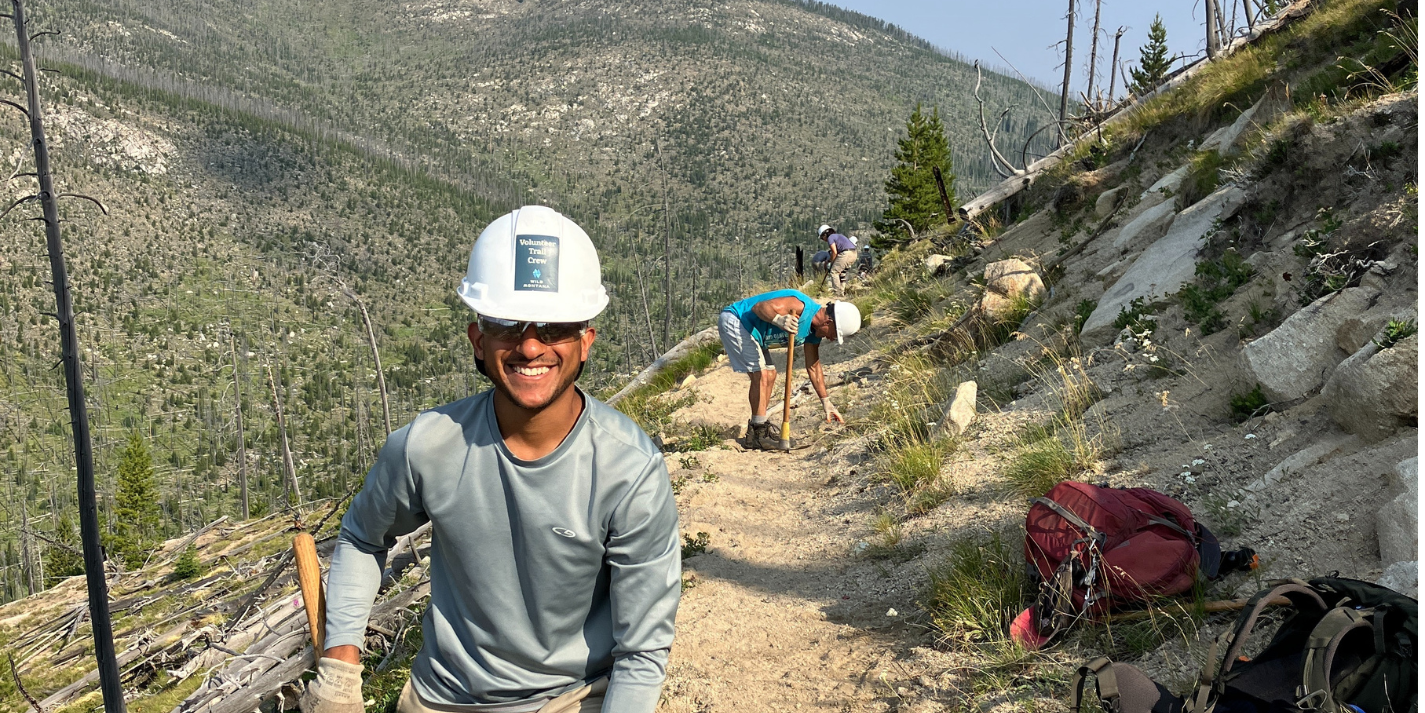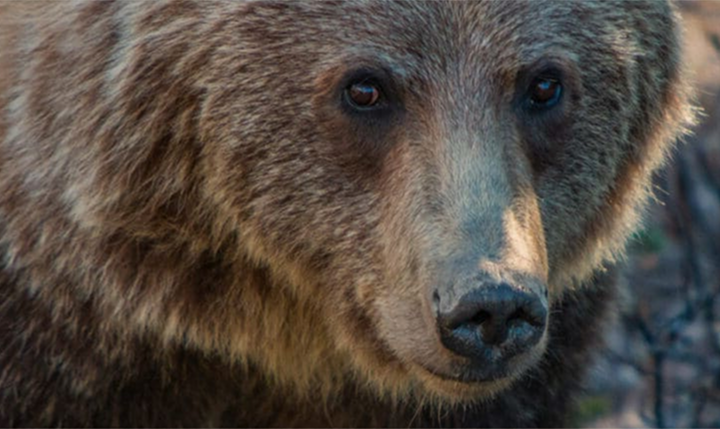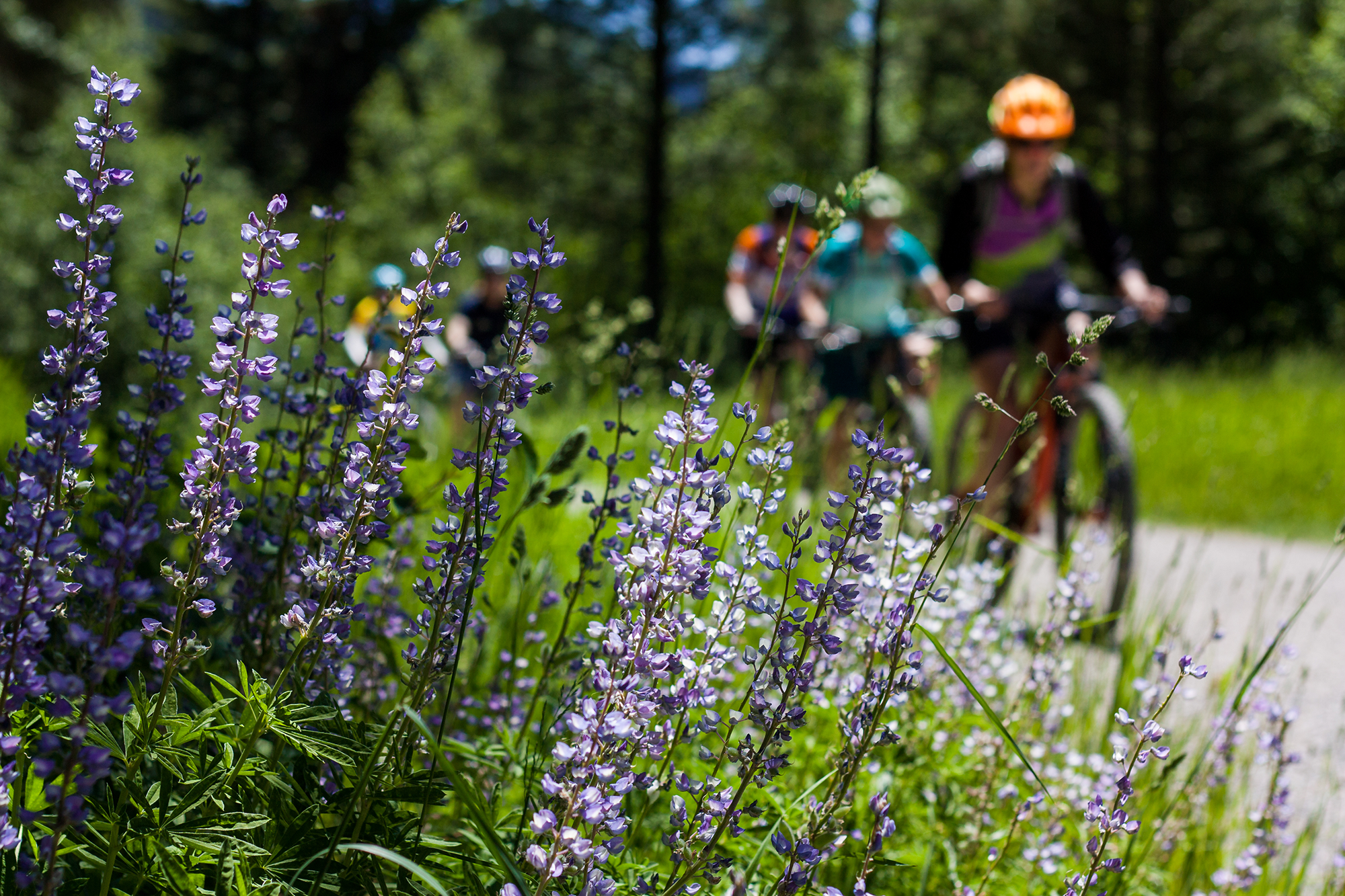Celebrating our 2024 partnerships in conservation
Connecting and protecting the landscapes of the Yellowstone to Yukon region requires deep and ongoing collaboration.
Stretching from Yukon Territory in Canada to Wyoming in the United States, this vast region spans at least 75 Indigenous territories and is home to iconic wildlife like grizzly bears, caribou, and bison. Since 1993, Y2Y has worked with over 730 partners to drive large-landscape conservation forward.
In 2024, we proudly supported projects that are transforming conservation efforts across this region. From Indigenous-led initiatives and youth programs to wildlife coexistence and conflict reduction efforts, these partnerships are making a tangible impact.
Spotlight on 2024 grantees
Northwest Territories & Yukon Territory
CPAWS Yukon: A 10-day canoe trip on the Pelly River supported immersive on-the-land learning for youth participants to connect and engage with traditional skills and history shared by community members.
Nío Nę P’ęnę – Trails of Mountain Caribou: Conservation starts with community. Local leaders, Elders, and youth gathered to share knowledge and strengthen their collective efforts to protect the northern Yellowstone to Yukon region through Indigenous-led governance and research.
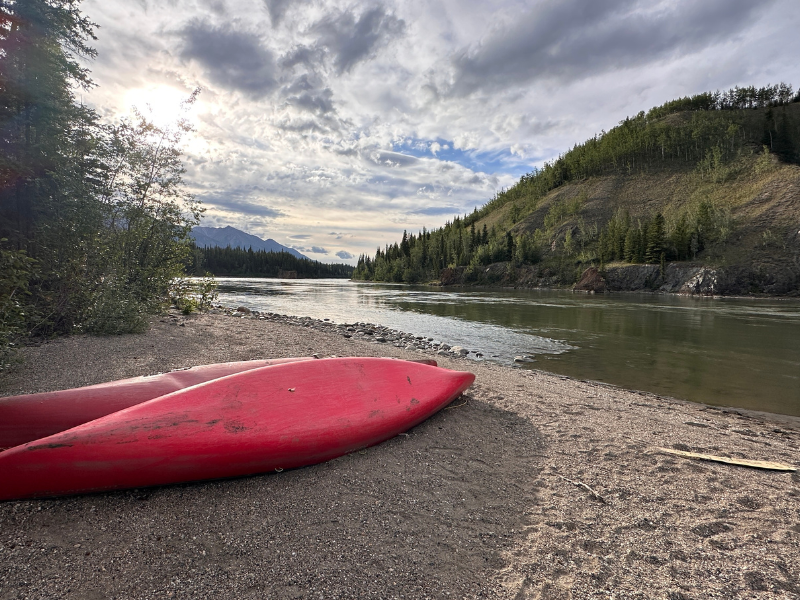
British Columbia
Harvest Share: Imagine a community where people and bears coexist peacefully — thanks to the Harvest Share program in the Slocan Valley of southeast B.C., that vision is becoming a reality. Volunteers gathered an impressive 860 kg (1,896 lbs.) of fruit from backyard trees, keeping bears away from residential areas and reducing conflicts.
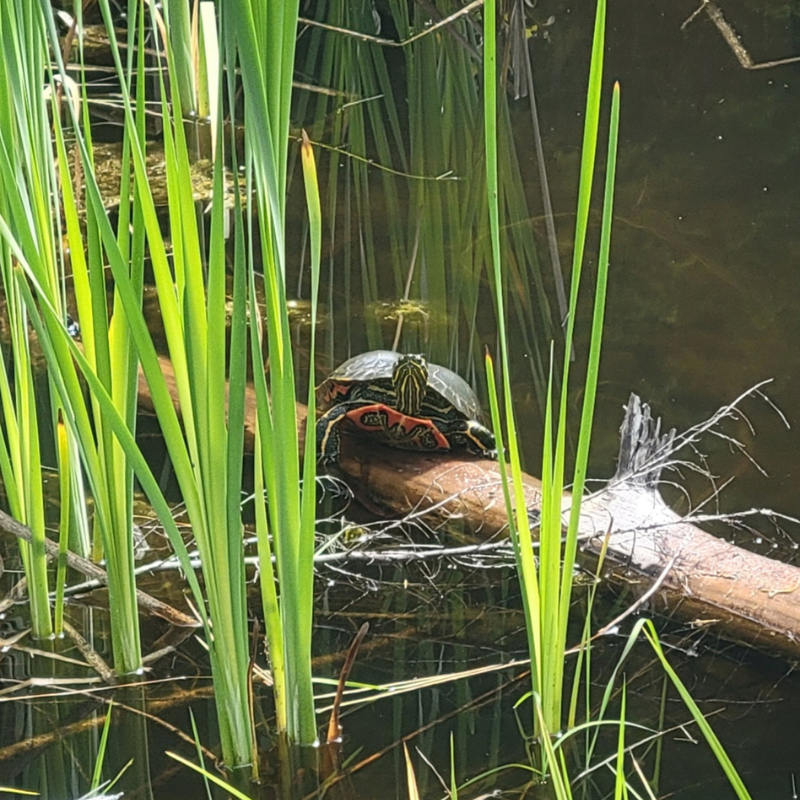
The Ursa Project Society: In Nelson, homeowners are taking action to make their properties bear-proof. By removing fruit trees and creating a tool-lending library, more residents now have the resources to manage their own harvests — ensuring fewer unexpected visits from hungry bears.
Valhalla Foundation for Ecology: Nestled in the Slocan Valley, the Snk’mip Marsh Sanctuary is a haven for wildlife. With more than two hectares (five acres) restored, this vital wetland is on the road to recovery, providing safe passage and sanctuary for countless species.
Wildlife Science Centre – Biodiversity Pathways: A powerful story deserves to be told. We helped fund a short film capturing the 2024 Northern Mountain Caribou Summit, where Indigenous Nations, researchers, and conservationists came together to chart a path forward for this iconic and important species.
Alberta
Bragg Creek Wild: Conversations about conservation are happening in the heart of Alberta’s communities. From public education to land-use planning, this initiative is ensuring that wildlife corridors and healthy ecosystems remain a top priority in the Eastern Slopes of the Rocky Mountains.
Land Lovers Network/Calgary Climate Hub: Every movement needs a platform. With a new website and volunteer program, this group is empowering Albertans to take action in protecting the Eastern Slopes’ critical headwaters.
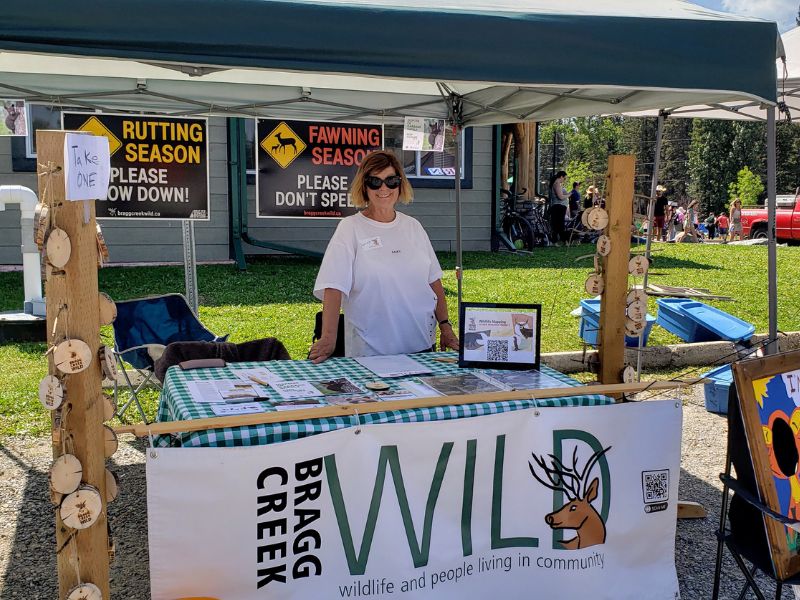
Blackfoot Confederacy: This Blackfoot-led program is helping to strengthen Blackfoot people’s connections to lands and waters, inform land-use policies, prioritize conservation efforts, and uphold traditional rights and roles in land-use management.
Blood Tribe Land Management: The return of the buffalo is a powerful story of resilience. Through the Kainai linnii Rematriation Project, plains bison are making a comeback on Kainai (Blood Tribe) lands, restoring ecosystems, culture and way of life.
Nakoda Youth Council: The voices of Indigenous youth matter on the global stage. We helped support Stoney Nakoda youth participation in two United Nations forums, where they addressed pressing challenges facing Indigenous Peoples in the Bow Valley and internationally.
Siksika First Nation: What species and habitats hold cultural significance? This community-led effort is working to identify and protect them in Blackfoot Territory, ensuring that Western science-based conservation efforts align with traditional knowledge.
United States
Connecting the Grizzly/Rob Green: Grizzly bears need safe spaces to roam, and a new documentary is shining a light on their journey. Featuring perspectives from Indigenous groups, wildlife experts, and landowners, this film is an eye-opening look at habitat connectivity in western Montana.
Glacier-Two Medicine Alliance: Roads and trains pose serious threats to wildlife movement. Through the Central Crown Connectivity Initiative, steps are being taken to reduce wildlife-vehicle collisions and create safer corridors for wildlife and motorists alike.
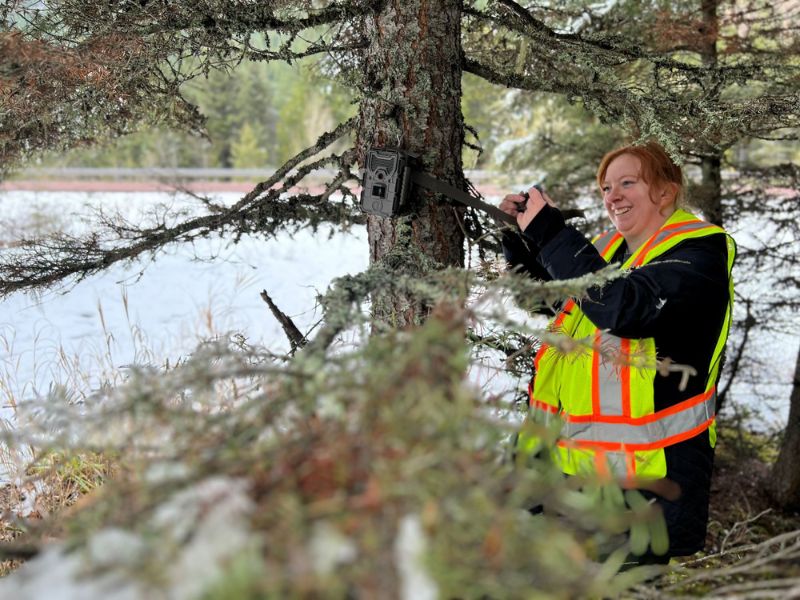
Wild Montana: Protecting public lands and waters in Montana is about policies and people. By mobilizing volunteers for trail stewardship, educating communities on conservation easements, and growing support for conservation-friendly policies, this group is making a lasting impact.
Wyoming Wildlife Advocates: Trash can attract bears, leading to dangerous encounters. We helped provide critical subsidies to Wyoming and Idaho residents, who now have access to bear-resistant composters — helping keep bears wild and communities safe.
Eastern Oregon Legacy Lands: This work helped advance the Nez Perce Tribe’s collaborative Camas to Condors climate adaptation initiative through on-the-ground research and mapping.
Jimmy Thompson: We supported reporting on the Blackfoot Confederacy’s efforts to reintroduce free-roaming buffalo across the Montana-Alberta border and revitalize traditional harvests.
Looking ahead
These projects give an inspiring look at some of the impactful conservation work happening across the Yellowstone to Yukon region.
By fostering collaboration among diverse partners — Indigenous groups, NGOs, scientists, and local communities — we continue to protect and connect landscapes vital for people and wildlife.
Thank you for being a part of this journey. Together, we are making a difference.
